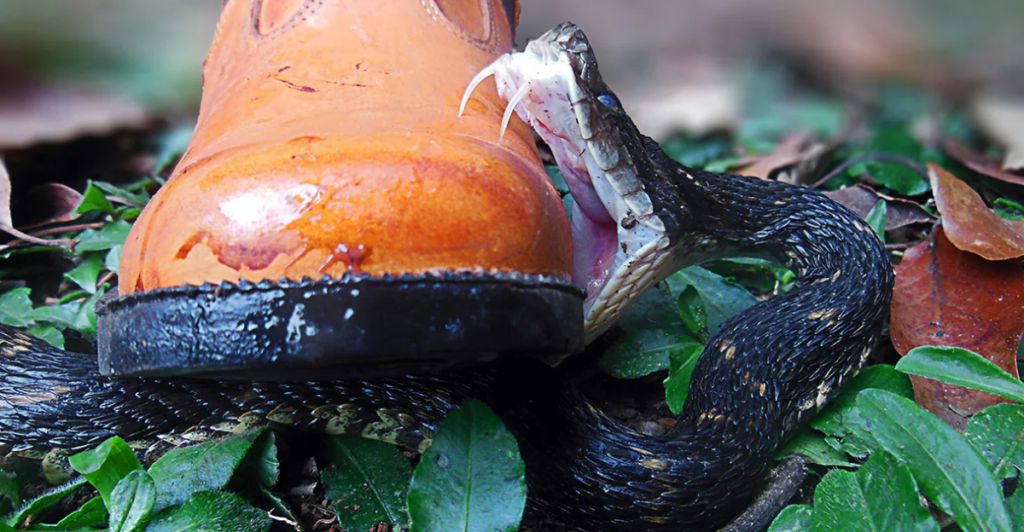
Rattlesnakes, which are known for their iconic rattle and venomous bite, are increasingly expanding their range across the United States. These fascinating yet potentially dangerous reptiles thrive in a variety of ecosystems, from deserts and grasslands to forests and wetlands.
As climate change, urban expansion, and habitat shifts alter their environments, rattlesnakes are adapting and appearing in areas where they were previously less common. In this article, we will take a look at nine states that are now becoming rattlesnake territories.
Whether you’re a hiker, camper, or resident of these regions, understanding rattlesnake behavior and respecting their role in the ecosystem is very important for coexisting safely with these remarkable creatures.
1. Arizona
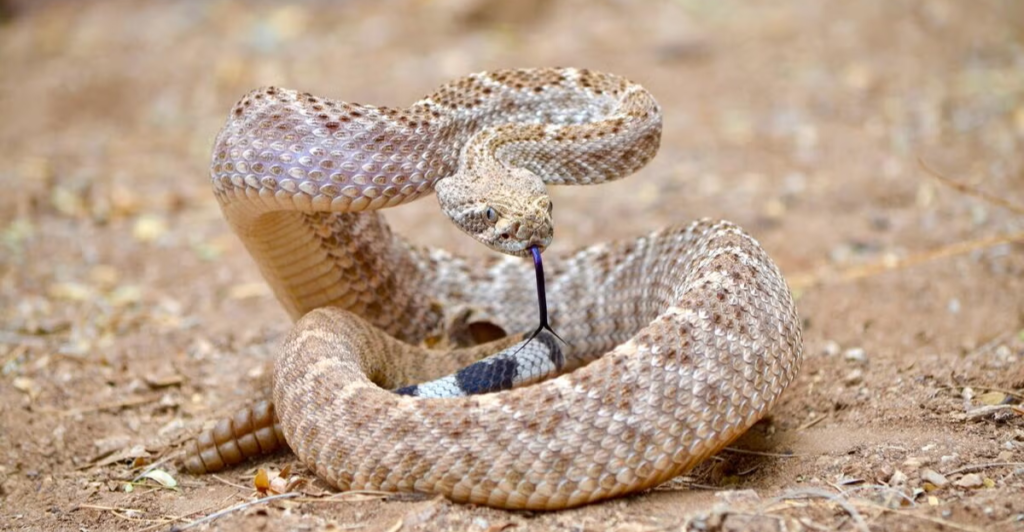
Arizona is home to the most diverse rattlesnake population in the U.S., with over 14 different species, including the western diamondback, Mojave rattlesnake, and sidewinder. This state’s arid deserts, rocky terrain, and varying elevations are the perfect habitats for these snakes. These snakes are most active during the warmer months, especially at dusk and dawn, when they hunt for prey like rodents and lizards.
Although rattlesnakes play a very impotant role when it comes to controlling pest populations, they can also pose risks to humans and pets. Arizona is among the top states for snakebite incidents, so residents and visitors should be cautious when hiking or exploring natural areas. Wearing sturdy boots and staying on marked trails can help avoid accidental encounters with these venomous reptiles.
2. California
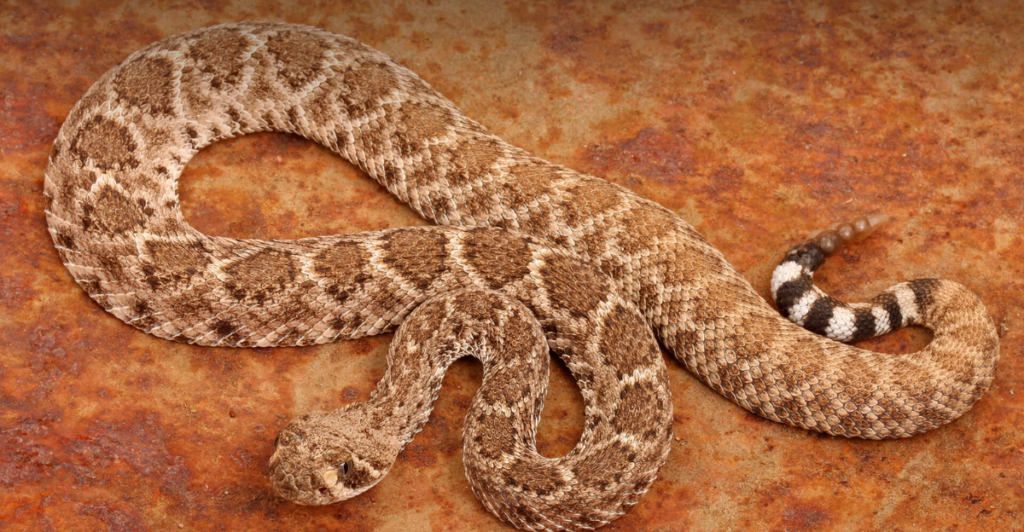
California is home to twelve rattlesnake species, including the western diamondback, Mojave green, and red diamond rattlesnakes. These snakes thrive in California’s diverse ecosystems, which range from coastal areas to deserts and forests. The western diamondback is especially common and is responsible for many snakebite incidents in the state.
These snakes are most active during spring and summer when they emerge from their hiding spots to hunt for rodents and small mammals. Thanks to California’s warm climate, it is the perfect location for rattlesnakes to thrive year-round. Hikers and outdoor enthusiasts should remain vigilant when exploring areas with tall grass, rocky trails, or shaded vegetation where snakes could hide.
3. Texas
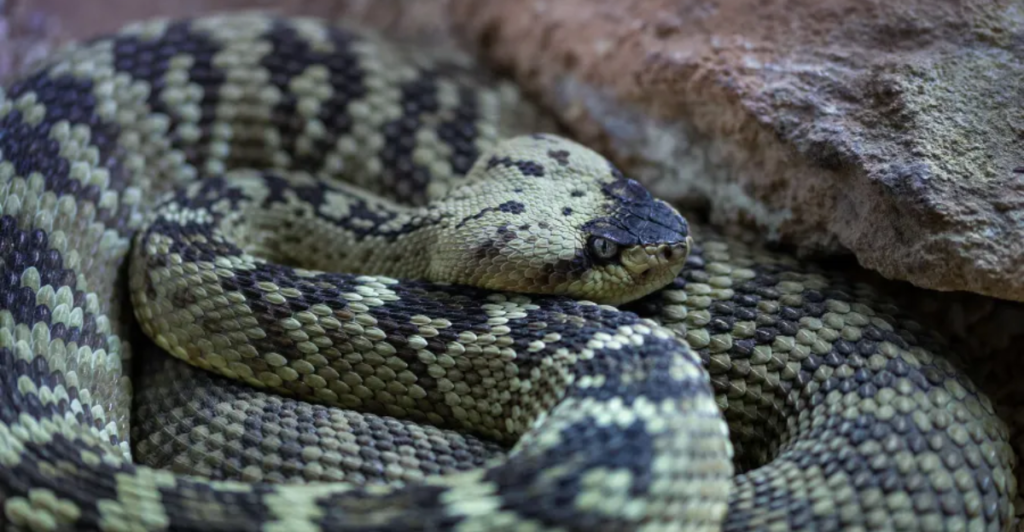
Texas is home to nine rattlesnake species, including the western diamondback, timber rattlesnake, prairie rattlesnake, and Mojave rattlesnake. This state is huge, and its varied ecosystems, ranging from deserts to grasslands, are perfect for rattlesnakes. The western diamondback is quite common in Texas and is responsible for a significant number of snakebite incidents each year.
Rattlesnakes in Texas play a very important ecological role by controlling rodent populations, but they can be dangerous to humans and pets if they are provoked or caught off guard. They are most active during the warmer months and will often be found basking on trails or hiding under rocks during the day. It is best to wear protective footwear when hiking or working outdoors.
4. Florida
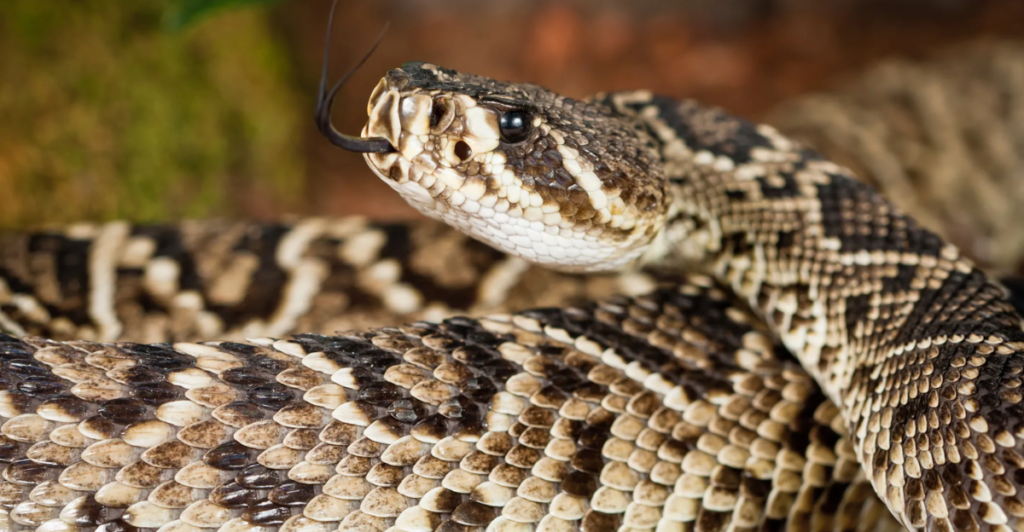
Florida has three rattlesnake species: eastern diamondback, pygmy rattlesnake, and timber rattlesnake. The eastern diamondback is one of the largest and most venomous rattlesnakes in North America and can be found in Florida’s pine flatwoods, swamps, and coastal dunes. These snakes thrive in Florida’s humid climate.
Rattlesnakes are excellent swimmers and are often spotted near water sources or even on barrier islands along Florida’s coastlines. While bites are relatively rare because of their reclusive nature, residents should be cautious when walking through natural areas or handling yard debris where snakes could be hiding.
5. Nevada
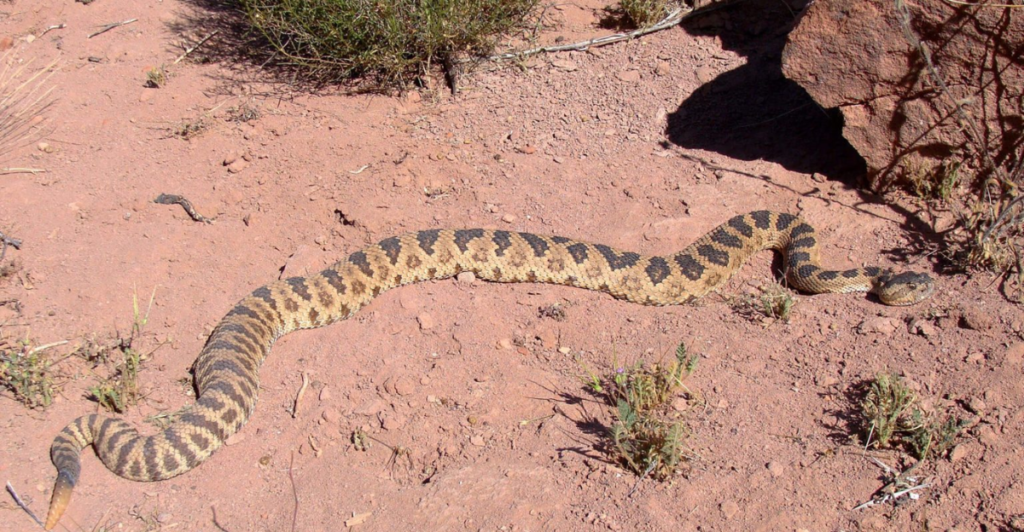
Nevada’s dry desert environment is home to five species of rattlesnakes, including the Mojave green rattler, sidewinder, Great Basin rattlesnake, speckled rattlesnake, and Panamint rattler. These snakes thrive in Nevada’s arid climate and will often find shelter in rocky crevices or burrows during hot days. At night, they will emerge to hunt rodents or lizards.
The Mojave green rattler is particularly famous for its potent neurotoxic venom, making it one of the most dangerous species in the region. These snakes are most active during spring through early fall when temperatures are warm but not extreme. While exploring Nevada’s deserts or hiking trails, you should always be on the lookout for these dangerous reptiles.
6. Utah
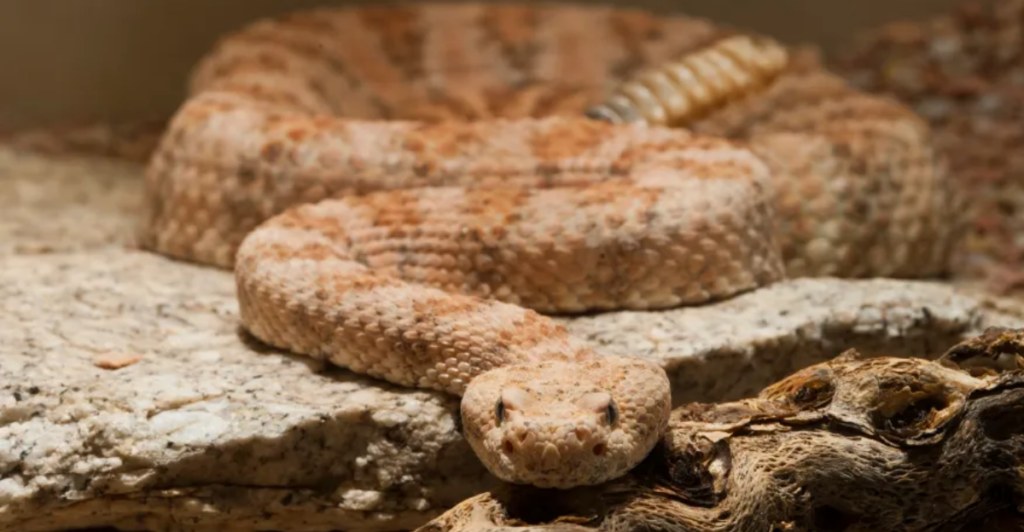
Utah is home to six species of rattlesnakes that inhabit its diverse landscapes of rocky canyons, deserts, grasslands, and forests. Here, you might find the Hopi rattlesnake, Great Basin rattler, and Mojave Desert sidewinder. These snakes play an important ecological role by keeping rodent populations under control, but they can pose risks to humans if they are encountered unexpectedly while hiking or camping.
These snakes are most active in Utah during the warmer months and are often found basking on rocks or along hiking trails. When walking in the area, it’s best to stay on designated trails to avoid encounters with snakes that could be hidden under rocks or vegetation.
7. Colorado
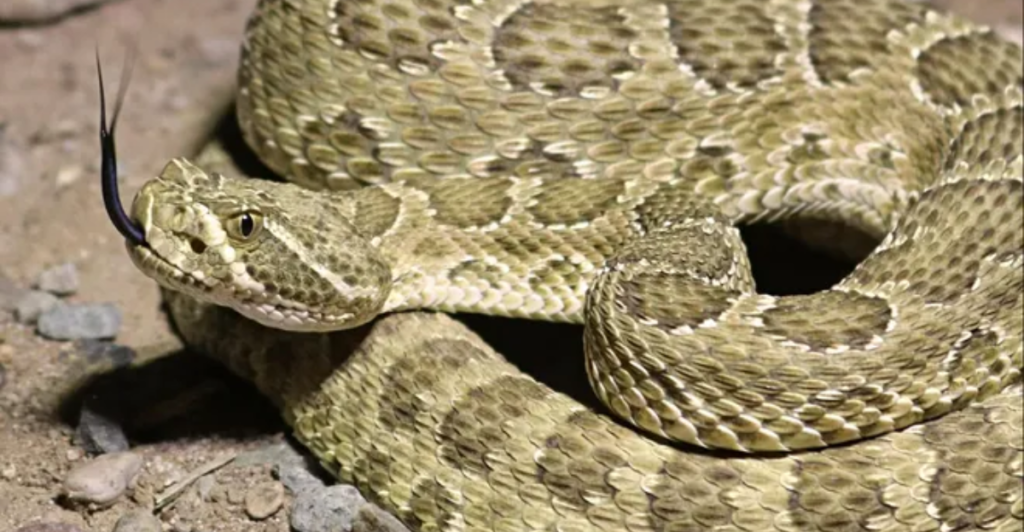
Colorado is home to three species of rattlesnakes: the prairie rattlesnake, western massasauga, and midget faded rattler. These snakes can be found in bit grasslands, rocky slopes, forests, and even urban fringes across Colorado’s diverse elevations. The prairie rattlesnake is the most common venomous snake in Colorado and can be found near hiking trails or open fields, where it hunts small mammals like mice or rabbits.
The Colorado rattler is generally non-aggressive unless provoked, but its hemotoxic venom can deliver painful bites that require immediate medical attention. Residents should take precautions when exploring outdoor areas by wearing protective footwear and being mindful of their surroundings during warmer months when these snakes are most active.
8. North Carolina
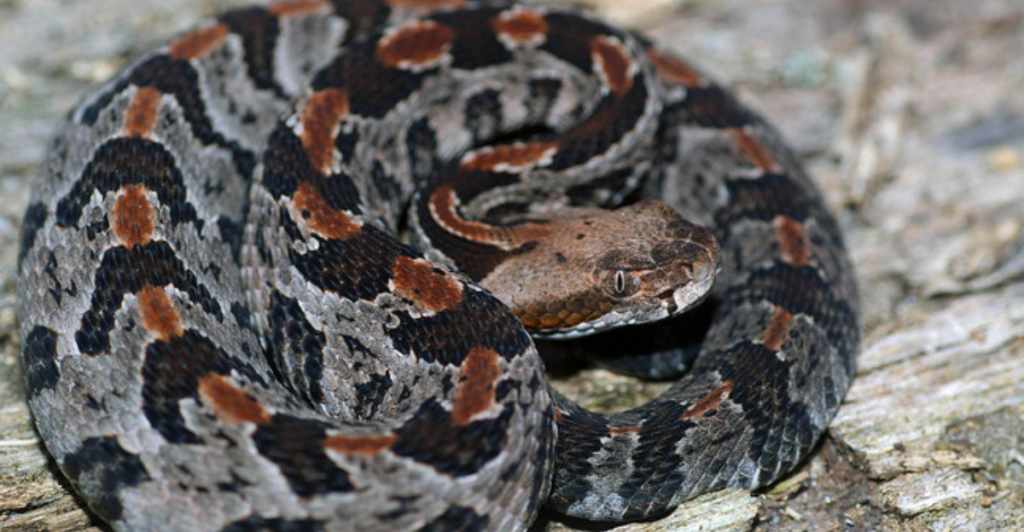
North Carolina has three venomous rattlesnakes: eastern diamondback, pygmy rattlesnake, and timber rattlesnake. These snakes inhabit a variety of ecosystems across the state including forests, swamps, coastal plains, and mountainous regions. The eastern diamondback is known as one of North America’s largest venomous snakes. It has a striking pattern that serves as camouflage in its natural habitat.
North Carolina has one of the highest snakebite rates in the U.S., partly because of its large population of venomous snakes combined with human activity in rural areas. Residents should be cautious when walking through wooded areas or wetlands where these reptiles may be present.
9. New Mexico
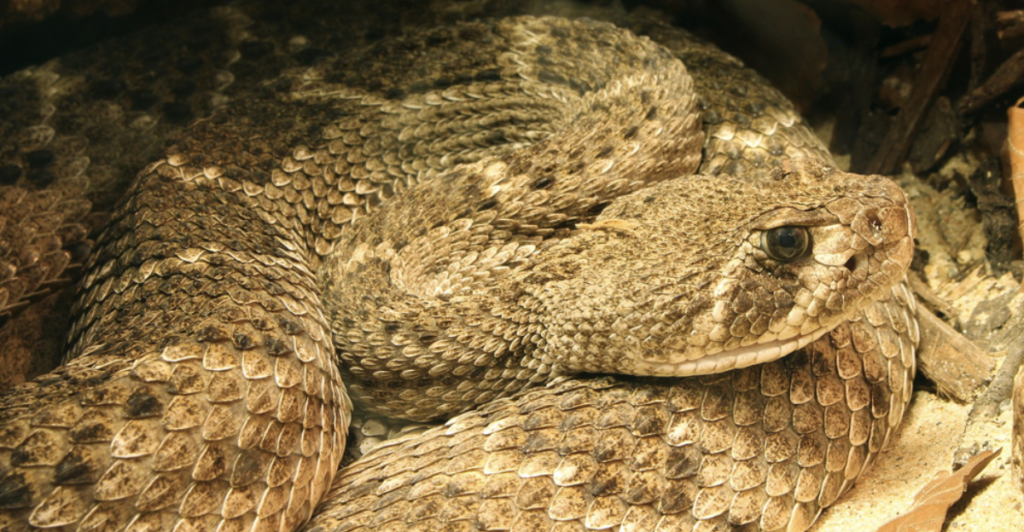
New Mexico is home to seven species of rattlesnakes, including the western diamondback, Mojave Desert rattler, banded rock snake, and prairie rattlesnake. The state’s arid climate and rugged terrain are ideal for these reptiles. New Mexico’s diverse ecosystems, ranging from dry deserts to open grasslands, provide a variety of habitats that support not only rattlesnakes but a wide range of other snake species as well.
These snakes play an important role in maintaining ecological balance by controlling the populations of pests such as rodents, which can otherwise cause damage to crops and spread diseases. The state’s rattlesnake populations are well-adapted to their environments, making them a vital part of New Mexico’s natural pest control system and overall biodiversity.
Explore more of our trending stories and hit Follow to keep them coming to your feed!

Don’t miss out on more stories like this! Hit the Follow button at the top of this article to stay updated with the latest news. Share your thoughts in the comments—we’d love to hear from you!







